In 2022, Congress and President Biden recognized publicly the threat that climate change poses to agriculture, as well as the ways agriculture can contribute to climate solutions. In that vein, they enacted the Inflation Reduction Act (IRA), which dedicated a combined $11.7 billion over four years for what the U.S. Department of Agriculture (USDA) refers to as climate-smart practices within the two programs covered in this report: the Environmental Quality Incentives Program (EQIP) and the Conservation Stewardship Program (CSP).1 As Congress drafts the next Farm Bill, it is important to understand the successes of these programs and the opportunities for improvement so that as many farmers as possible can improve their land and their livelihoods. In that vein, it is essential to protect the IRA’s conservation funding and ensure that those who need these funds most have access to them.
In two earlier reports, Closed Out2 and Still Closed Out,3 we explained the popularity of these two programs with farmers who want to incorporate conservation into their farm operations. These two programs work together to reimburse farmers for the conservation practices that they implement; EQIP is intended as a first step, single practice program, and CSP is the next, more comprehensive step for farmers who want to address resource concerns across their whole farm. For example, through EQIP, a farmer might get help to pay for a grassed waterway to control soil erosion in a field. Seeing the success of the waterway in controlling erosion, the farmer might wish to graduate to CSP, where bundles of practices controlling erosion, improving soil health and improving water quality can work together across the whole farm. CSP encourages farmers to view different conservation challenges on their farm as connected and to conserve for multiple benefits.
While these programs are not perfect, many farmers have benefited directly from EQIP and CSP. As shown through a recent series of farmer stories from the National Sustainable Agriculture Coalition, EQIP and CSP not only help conserve land but also help farmers’ bottom lines in an era of great uncertainty in the farm economy.4
Farmers have convinced Congress of how useful EQIP and CSP are for them and their land. In 2022, not only did Congressional Democrats pass the IRA with increased funding for these programs, but they also removed the requirement (within the IRA’s funds) that 50% of EQIP dollars go toward livestock-related practices. This was a major win, as the livestock set-aside finances expensive, large-scale, industrial practices, such as manure lagoons, leaving fewer dollars available for smaller and more sustainable operations. The 50% requirement is nationwide, and states are encouraged to dedicate 50% of their allocation to livestock. However, some states, such as New Hampshire and New Jersey, don’t have enough livestock to meet the 50% requirement, so that money ends up going to states, such as Iowa and North Carolina, that can. While the livestock set-aside also funds positive practices, such as rotational grazing, removing the requirement allows states with fewer livestock to keep more conservation dollars and target conservation programs to their farmers’ needs.
Fiscal Year 2023 was the second full year in the Biden administration and the first year in which funding from the IRA was distributed. This report explores whether the IRA put a dent in the oversubscription problem that both EQIP and CSP face. The short answer to this question is that the funds made a dent, but additional work must be done to connect interested farmers with conservation funding.
Demand and conservation contracts grow, but many farmers still turned away
In Fiscal Year 2023, we saw interesting trends for conservation spending. While the proportion of applicants awarded EQIP and CSP contracts did not change significantly from 2022, the total number of applicants awarded contracts increased by roughly 3,000. This increase is attributable to the expanded resources from the Inflation Reduction Act.
In FY23, 25.45% of EQIP applicants nationwide were awarded contracts, down slightly from 25.9% in FY21 and FY22. Only 34,222 applicants were awarded contracts out of 134,450 total applicants, up from 31,856 recipients in FY22. This is an increase of 2,366 applicants in just one year.
For CSP, in FY23, 11,038 applicants out of 35,683 were awarded contracts, or 30.93%. In FY22, 7,960 CSP applicants were awarded contracts out of 32,122, or 24.8%. A 6% increase in applicants (or 3,078 more applicants) awarded contracts is an impressive one-year increase! The USDA should be commended for its outreach and public awareness campaigns to increase farmers’ awareness of additional funding opportunities.
In short, these numbers contain a lot of good news. More farmers who want to participate in EQIP and CSP are granted access, meaning farmers are enacting more conservation on the ground. These programs are low-hanging climate fruit and can go a long way in bolstering the climate resilience of our food and farm system. Despite the progress made, the programs still aren’t close to meeting demand.
Table 1: Conservation Stewardship Program Applications and Contracts Awarded, FY 20238

Table 2: Environmental Quality Incentives Program Applications and Contracts Awarded, FY 20239

How the states compare
If you read our previous reports, some states at the top and bottom of the list of EQIP and CSP contracts awarded to farmers will not surprise you. With CSP, the states and territories that connected the highest percentage of applicants with contracts are Rhode Island, Puerto Rico, West Virginia and Ohio, with all four awarding north of 70% of applicants with contracts. In the case of Rhode Island, all 24 applicants were awarded contracts! At the bottom of the list are Mississippi, Minnesota, Georgia and Arkansas, with fewer than 20% of applicants awarded contracts. Between these four states, 9,708 applicants were rejected. That’s nearly 10,000 projects that could have improved water quality, soil health and climate resilience, and thousands of farmers who will not receive needed assistance with on-farm conservation in states with urgent resource concerns.
With EQIP, the ranking of states has some overlap with the CSP list. The only places where more than 50% of EQIP applicants were awarded contracts are Rhode Island, Alaska, Massachusetts, Idaho and the Pacific territories. Seven states awarded contracts to 20% or fewer applicants: North Carolina, Mississippi, Oklahoma, Louisiana, Arkansas and Illinois. North Carolina awarded only 16% of its applicants an EQIP contract, leaving out 3,523 applicants.
North Carolina awards a disproportionate amount of its EQIP contracts to industrial-scale animal confinements and the expensive associated practices, including waste lagoons, which are vulnerable to flooding and breaching, leaving neighboring communities at risk. IATP has written extensively about this issue in Payments for Pollution and Waste and Water Woes and will release an update to those reports in the coming months.
Neighboring states with similar farms and growing conditions can have radically different conservation landscapes. For example, Alabama and Georgia neighbor each other, both have large amounts of forested land, lie on the “Black Belt” of the southern U.S. and grow similar crops. They even awarded a similar number of EQIP and CSP contracts in FY 2023. For both programs, however, Georgia had thousands more applicants than Alabama, suggesting that state and local conservationists in Georgia have publicized these programs successfully, despite the lack of funding to fulfill every possible contract.
In this vein, state and local conservation decision making is extremely important. Differing outcomes between neighboring states can come down to conservationists prioritizing one program over another, knowledge of programs at local office level and the conservation culture among farmers. Farmers and stakeholders can shape how conservation is implemented in their states by joining local and state technical advisory committees (STACs). While each state’s STAC is organized differently, they often have a lot of influence on which resource concerns the state prioritizes, which programs to focus on and how local the decision-making process works.
Map 1: Percentage of EQIP Applicants Awarded Contracts, FY 2023
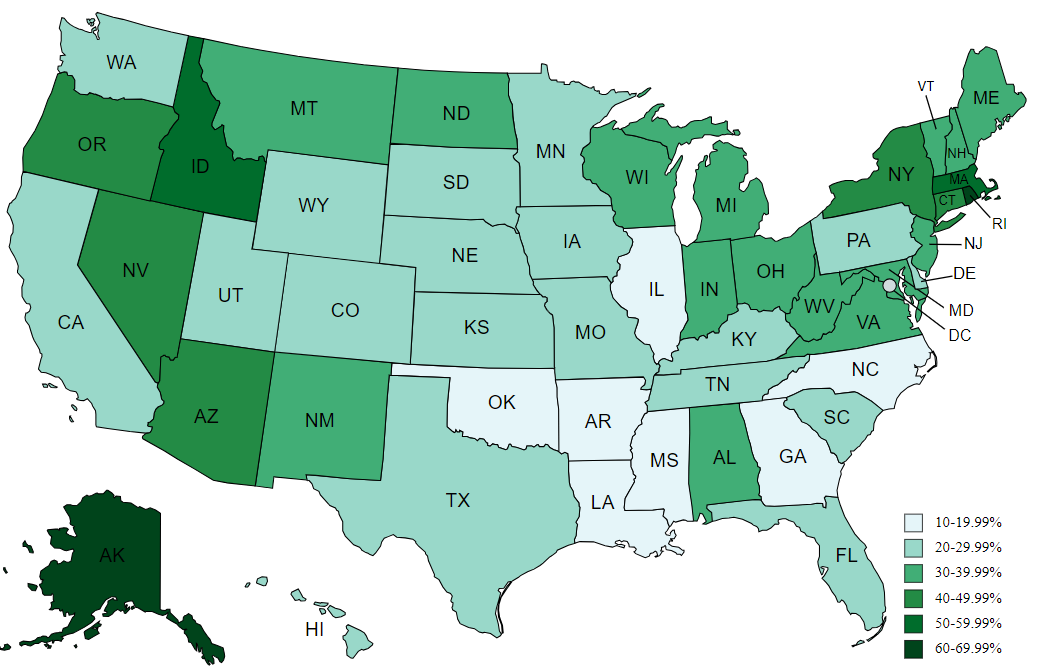
Map 2: Percentage of CSP Applicants Awarded Contracts, FY 2023
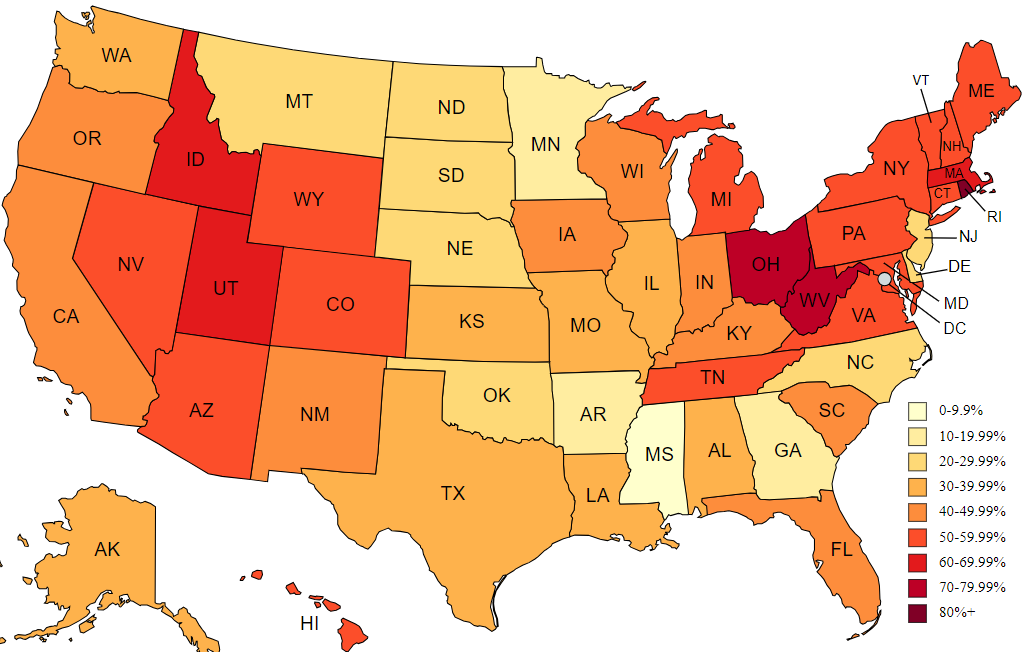
More friendly faces needed in local NRCS offices
Additional IRA funding has connected thousands more farmers with CSP and EQIP contracts, yet this funding must be matched with a major increase in staffing for local NRCS offices. Without a massive growth in staff size and serious investment in hiring and retention, farmers will continue to lack the support they need to apply for and be awarded conservation contracts. Additional staffing means greater potential for outreach to underserved groups and capacity for granting additional smaller contracts. It would also mean a shift away from the current system where those who already know how (or can hire support) to navigate the application process get enrolled in these programs at the expense of those without existing knowledge or experience.
Local NRCS staff are trained on how to use the software for application ranking, the ins and outs of conservation programs, and are often deeply familiar with the types of farms in their area, as well as the highest conservation priorities, such as water quality, soil health, erosion or some other issue. While the IRA included $1 billion for conservation technical assistance (CTA), salaries remain low for highly trained NRCS staff, even in rural areas with relatively low costs of living. The low salaries are even more apparent in rural areas with high housing costs, or in places with scarce high quality housing stock. According to researchers at the University of Minnesota, 21% of rural residents are cost-burdened when it comes to housing, meaning that at least 30% of one’s income goes toward housing.7 Rural eaters also often have limited options when it comes to purchasing groceries, leaving them vulnerable to price increases and anti-competitive corporate behavior.8
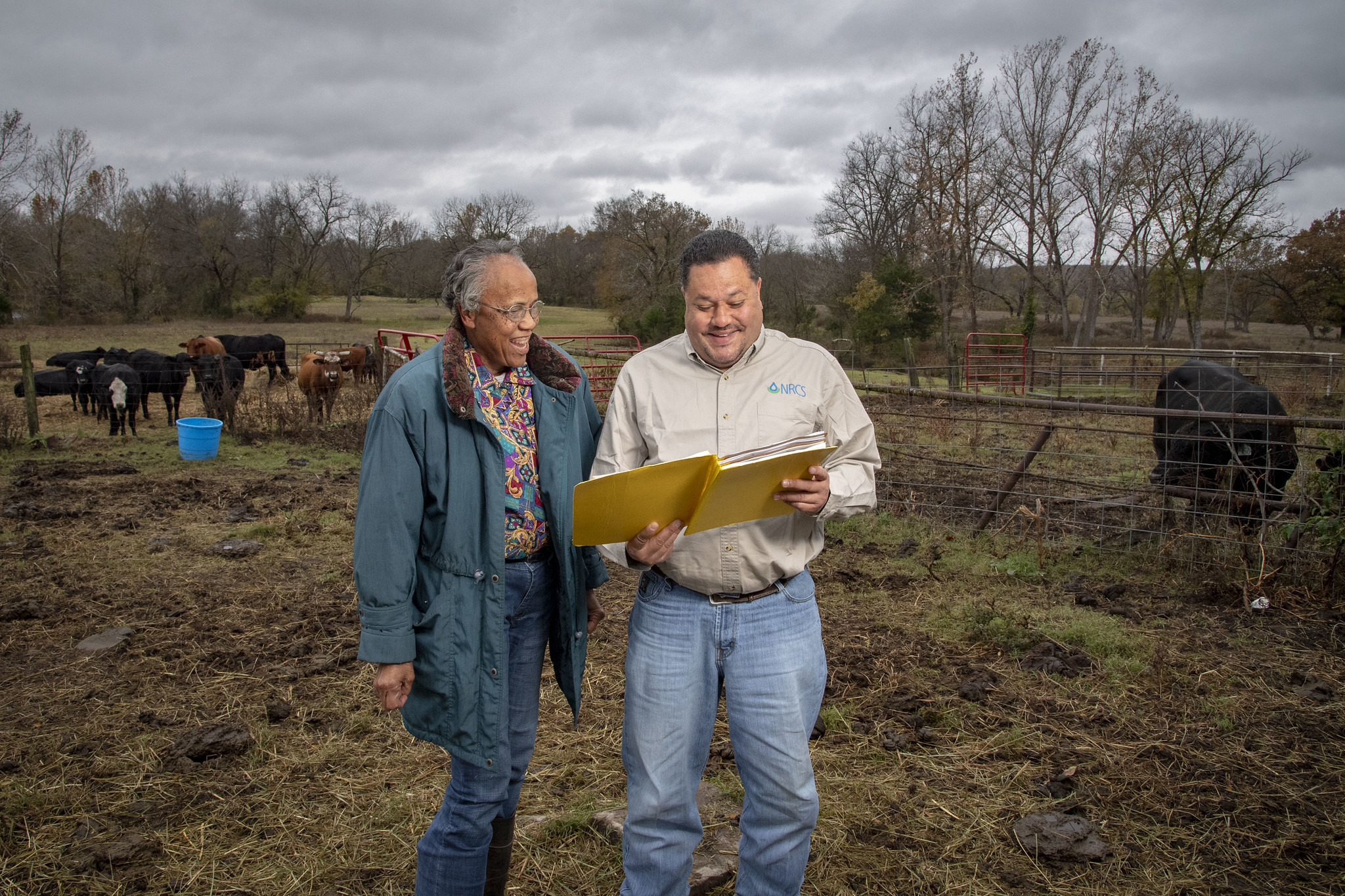
Need for better data on what invalidates an application
In our analysis, we include applications that are marked by NRCS as “invalid” because they reflect the demand farmers are demonstrating for these programs, even if they are determined invalid for some reason. (This document explains in great detail what can invalidate an application.) These applicants can be past grant recipients, landowners and farmers who need help finding proper documentation or have an otherwise good application with a few pieces of information missing.
NRCS reports on invalidated applications are very general and high level. More specificity is needed to know whether the bulk of these rejections are because of technical errors on the part of the applicant, the NRCS staff person, or something more serious like a lack of control of the land for which the application is being submitted. More transparency on invalid applications could help better target technical resources for farmers and identify gaps in the application process.
Note: The EQIP and CSP contracts analyzed in this report are limited to EQIP and CSP general contracts — this does not include contracts administered through the Regional Conservation Partnership Program (RCPP).
What’s the prospect of CSP and EQIP reform in the Farm Bill?
As of the writing of this report, both the U.S. House of Representatives and the U.S. Senate are debating and drafting their versions of the Farm Bill. While there is support for CSP and EQIP in both chambers, there are unique challenges to both programs, as well as some potential opportunities for improvement. In the Senate, Agriculture Committee Chair Debbie Stabenow (D-Michigan) has expressed repeatedly her support for funding conservation programs through the Inflation Reduction Act and intends to protect the conservation funding from being used for other purposes. Meanwhile, House Agriculture Committee Chair G.T. Thompson (R-Pennsylvania) has floated the idea of pulling money from the IRA for other parts of the Farm Bill not related to conservation.
Some have suggested taking IRA conservation dollars and spending it instead on the raising of reference prices for certain commodity crops.9 Others have wanted to raid nutrition or rural development programs for this purpose. However, with a Senate controlled by Democrats and a House controlled by Republicans, it seems unlikely that such drastic measures would pass both chambers. There has been some bipartisan support for increasing funding for CSP, as well as placing a cap on EQIP payments while restricting more expensive, less conservation-focused practices.
The findings from this report show that the demand for EQIP and CSP remains strong, and that funding from the IRA is needed to ensure more farmers can access these important programs.
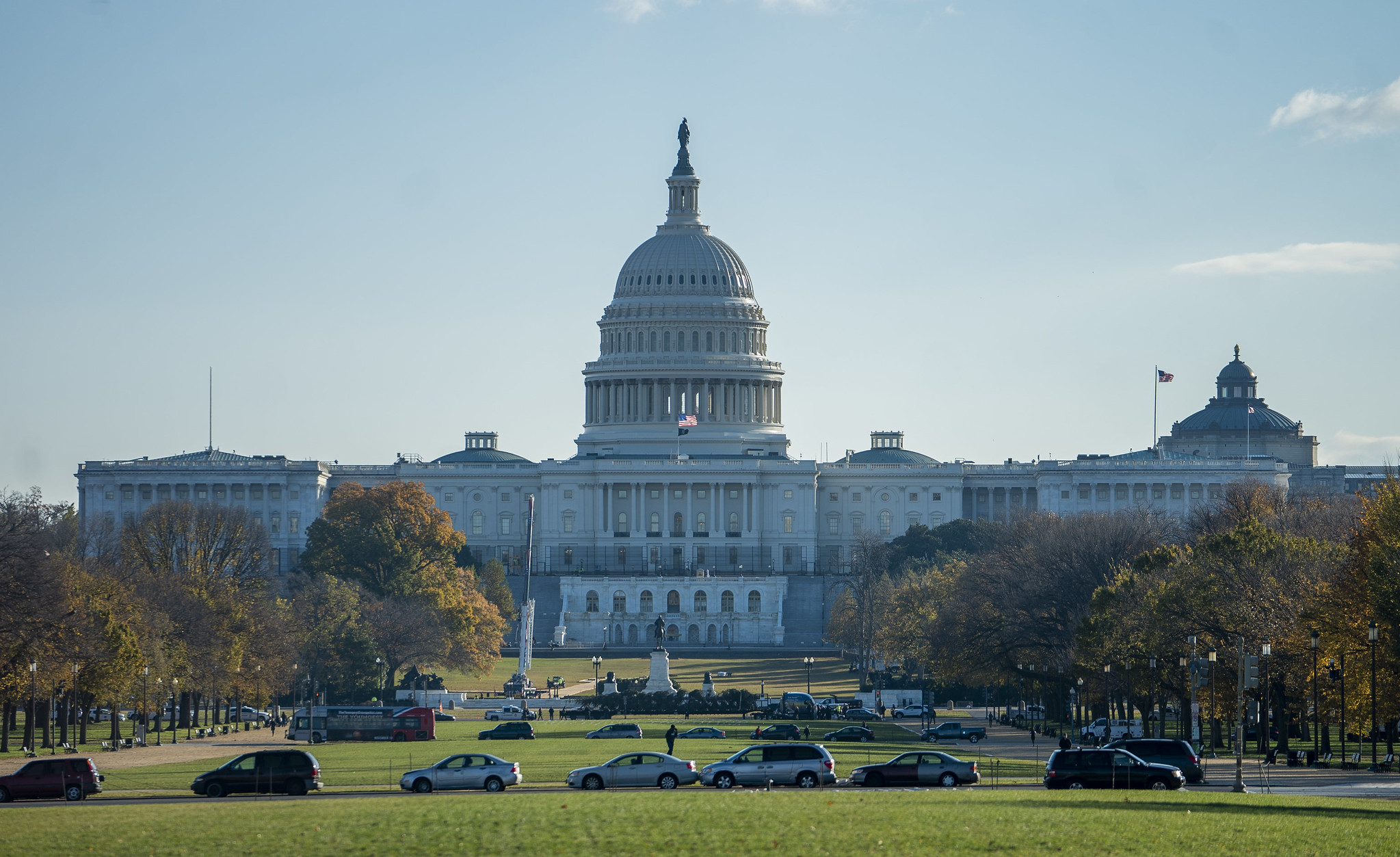
Build on what works, reform what doesn’t
Clearly, EQIP and CSP are enormously popular programs with farmers, facing years of applications outpacing awards. The supplementary funding from the IRA helped close this gap slightly, but additional resources and policy changes are needed. IATP recommendations include:
- Expand NRCS staff and pay local NRCS staff fairly to attract new people;
- Encourage staff retention while prioritizing building relationships with underserved producers, including farmers of color, women farmers, LGBTQ+ farmers, small farmers, organic farmers and those wishing to transition to organic;
- Place a $150,000 cap on EQIP payments to more fairly distribute the limited spending available and reach more farmers;
- Eliminate the requirement that 50% of EQIP funds go toward livestock practices;
- Remove industrial practices from the Climate Smart Agriculture and Forestry (CSAF) list. Removing these practices would make more funds available for farmers doing more effective on-farm conservation. (A detailed look at our recommendations for the CSAF list can be found here.);
- Ensure long-term, stable funding of conservation programs.
While these policy changes wouldn’t address every issue facing EQIP and CSP, they would represent an important step in building on the success that USDA has had with connecting more farmers to conservation funding. If we are serious about tackling climate change and helping our farmers and rural communities adapt to a different world, we should be serious about making these programs accessible and successful. If we close out from success the farmers who want to do the right thing while propping up polluting models of agriculture, we will lose ground.
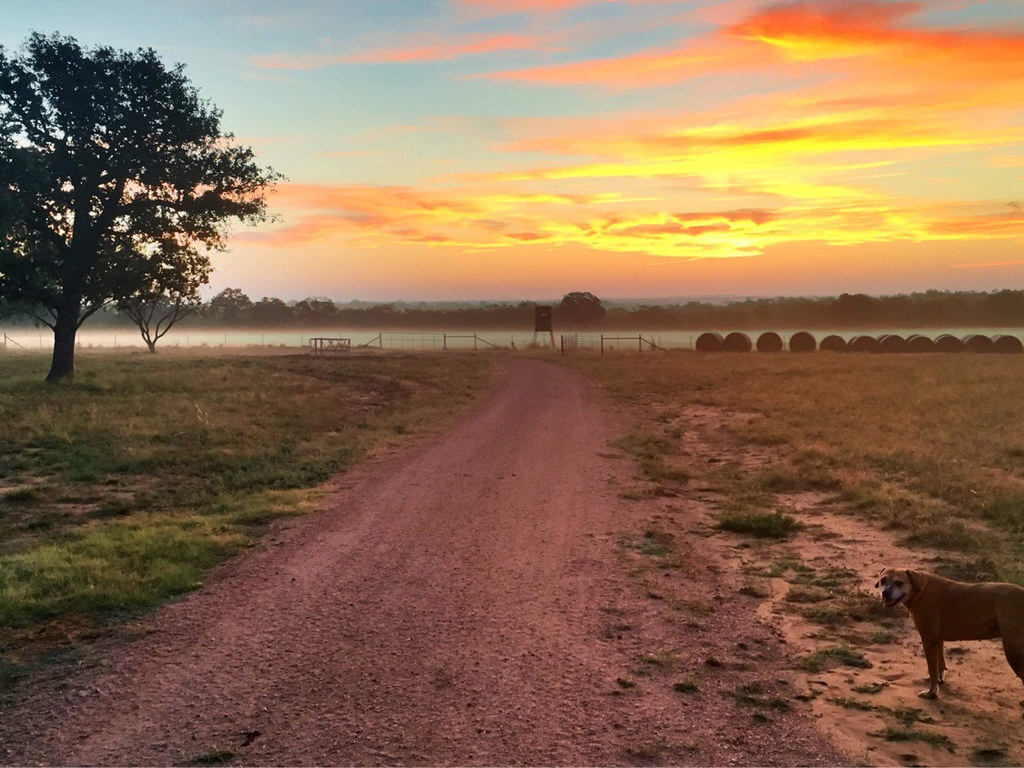
See also:
IATP: Obstacles and Opportunities for On-Farm Conservation
National Sustainable Agriculture Coalition: Inflation Reduction Act conservation dollars are a vital bulwark against climate change
FarmDoc Daily: The incredible shrinking of the Conservation Stewardship Program
Environmental Working Group: Conservation Database
Endnotes
- Natural Resources Conservation Service, Climate Smart Agriculture and Forestry (CSAF) Mitigation Activities List for FY2024. Accessed January 18, 2024. www.nrcs.usda.gov/sites/default/files/2023-10/NRCS-CSAF-Mitigation-Activities-List.pdf.
- Happ, Michael, Closed Out: How U.S. farmers are denied access to conservation programs. Institute for Agriculture and Trade Policy. Accessed December 20, 2023. https://www.iatp.org/documents/closed-out-how-us-farmers-are-denied-access-conservation-programs.
- Happ, Michael, Still Closed Out: More progress needed to connect farmers with federal conservation programs. Institute for Agriculture and Trade Policy. Accessed December 20, 2023. https://www.iatp.org/still-closed-out.
- National Sustainable Agriculture Coalition, Farmer Conservation Stories: Why Inflation Reduction Act funding must remain focused on climate change. Accessed December 21, 2023. https://sustainableagriculture.net/blog/farmer-conservation-stories-why-inflation-reduction-act-funding-must-remain-focused-on-climate-change/.
- Natural Resources Conservation Service, CStP application/contract status by state thru 4th quarter of Fiscal Year 2023 contract year 2023 all applications.
- Natural Resources Conservation Service, EQIP-Regular application status by state thru 4th quarter of Fiscal Year 2023 contract year 2023.
- Swendener, Alexis, Ph.D., Katie Rydberg, MPH, Mariana Tuttle, MPH, Hawking Yam, MS, and Carrie Henning-Smith, Ph.D., MPH, “Crowded housing and housing cost burden by disability, race, ethnicity, and rural-urban location.” University of Minnesota Rural Health Research Center, Policy Brief March 2023. Accessed January 4, 2024. https://rhrc.umn.edu/wp-content/uploads/2023/03/Crowded-housing-and-cost-burden-policy-brief_final.pdf
- Rural Health Information Hub, Rural hunger and access to healthy food. Accessed December 21, 2023. https://www.ruralhealthinfo.org/topics/food-and-hunger
- Coppess, Jonathan, “Reference prices and the CBO gamble; some additional context.” farmdoc daily (13):197, Department of Agricultural and Consumer Economics, University of Illinois at Urbana-Champaign, October 26, 2023. https://farmdocdaily.illinois.edu/2023/10/reference-prices-and-the-cbo-gamble-some-additional-context.html. Accessed January 4, 2024.
All photos included are public domain images used courtesy of the USDA.
Downloads
Download a PDF of the report here.